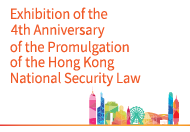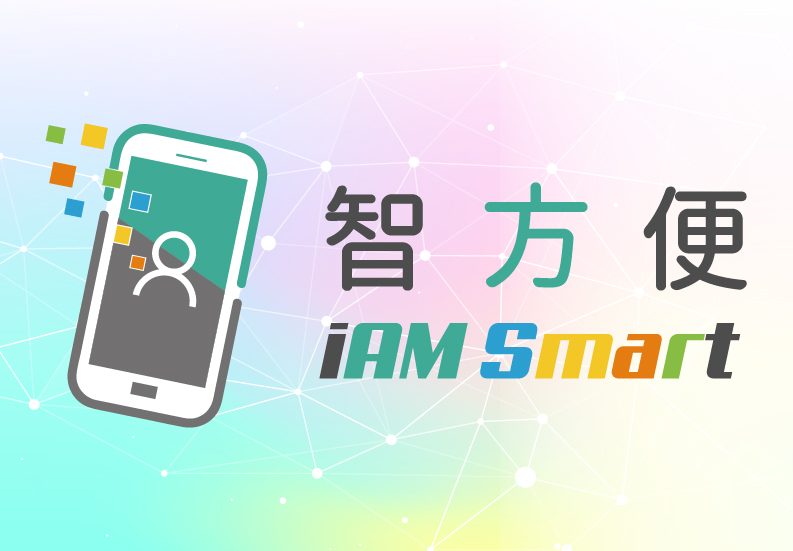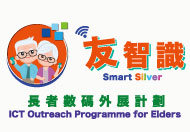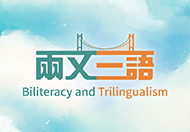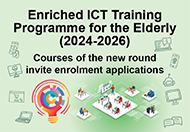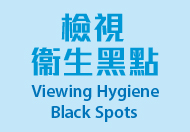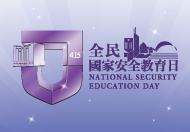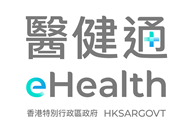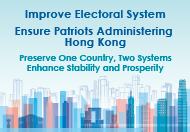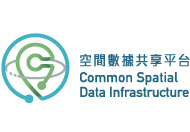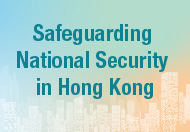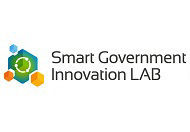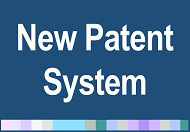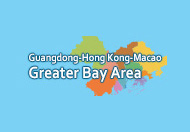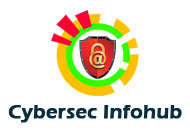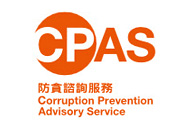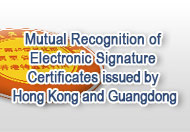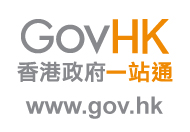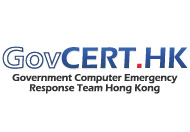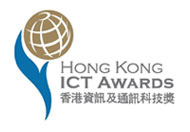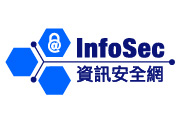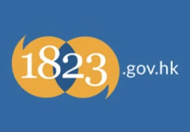Mutual Recognition of Electronic Signature Certificates issued by Hong Kong and Guangdong
On 29 July 2008, Chinese Mainland and Hong Kong signed the Supplement V to the Mainland and Hong Kong Closer Economic Partnership Arrangement (“CEPA”). Pilot Applications of Mutual Recognition of Electronic Signature Certificates Issued by Hong Kong and Guangdong (“Pilot Measure”) is one of the facilitation measures proposed under the supplement and for early and pilot implementation in Guangdong Province as well.
To facilitate the pilot run of applications for mutual recognition of electronic signature certificates, the then Office of the Government Chief Information Officer (the “then OGCIO”), the Department of Information Security Co-ordination of the Ministry of Industry and Information Technology (“MIIT”), and the Department of Information Industry of Guangdong Province (“GDIID”) established the “Guangdong-Hong Kong Working Group on Pilot Applications of Mutual Recognition of Electronic Signature Certificates”(“Working Group”) in October 2008. Further on 5 June 2009, the three parties signed the “Suggestions on the Framework for the Mutual Recognition of Electronic Signature Certificates” (“Framework Suggestions”) (Simplified Chinese version only). Please click here for the press release.
Under the Framework Suggestions, the Working Group, in April 2010, approved a set of procedures to give a label called the “Pilot Mark” to the eligible cross-boundary e-commerce project or service with a view to promoting the pilot applications. Please click here for the press release.
With reference to the experience gained from the pilot projects and the result of the consultancy study, the Working Group developed Simplified Chinese version of “Arrangement for Mutual Recognition of Electronic Signature Certificates Issued by Hong Kong and Guangdong” (“Arrangement”) and “Certificate Policy for Mutual Recognition of Electronic Signature Certificates Issued by Hong Kong and Guangdong” (“Mutual Recognition Certificate Policy”). Governments in two places agreed to assign “Object Identifier” (“对象标识符” in Chinese Mainland) for the Arrangement and the Mutual Recognition Certificate Policy. The Working Group announced Simplified Chinese version of the Arrangement and the Mutual Recognition Certificate Policy in August 2012, which provided the basis for the mutual recognition in the two places.
To tie in with the Arrangement, the Hong Kong Special Administrative Region Government revised paragraphs 2.1, 4.7, 12.1, 12.6, 13.1 and 13.3 of the Code of Practice for Recognized Certification Authorities (“COP”) published under the Electronic Transactions Ordinance (Cap. 553), and published it in the Government Gazette as Government Notice No. 4635 on 6 July 2012. Based on the COP as well as the Simplified Chinese version of the Arrangement and the Mutual Recognition Certificate Policy approved by the Working Group, the then OGCIO announced Traditional Chinese version of the Arrangement and the Mutual Recognition Certificate Policy on 10 August 2012. Please click here for the press release.
Under the standing arrangement, certification authorities recognized under the Electronic Transactions Ordinance (Cap. 553) may submit their applications to Digital Policy Office (“DPO”) for participation in the mutual recognition scheme. Applications of mutual recognition scheme must refer to Traditional Chinese version of the Arrangement and the Mutual Recognition Certificate Policy. (The English translation of the Arrangement and the Mutual Recognition Certificate Policy are for reference only and subject to change without any notice.) Information about the application can be found under Application for Participation in Mutual Recognition of Electronic Signature Certificates.
On 30 September 2018, the Working Group published an updated version of the Mutual Recognition Certificate Policy in Guangdong and Hong Kong to support remote non-face-to-face identity verification and enhance the technical standards of the mutual recognition certificates to meet the development of cross-boundary business in the industry.
The Arrangement
| Version | Effective Date | Traditional Chinese Version | Simplified Chinese Version | English Translated Version |
|---|---|---|---|---|
| 1.0 | 10 August 2012 | Link | Link | Link |
The Mutual Recognition Certificate Policy
| Version | Effective Date | Traditional Chinese Version | Simplified Chinese Version | English Translated Version |
|---|---|---|---|---|
| 1.0 | 10 August 2012 | Link | Link | Link |
| 1.1 | 30 September 2018 | Link | Link | Link |
Note: “Office of the Government Chief Information Officer” and “OGCIO” in the Arrangement and Mutual Recognition Certificate Policy mean the “Digital Policy Office”.
Certificate types that have been granted mutual recognition status are set out in the “Trust List of Certificate Types with Mutual Recognition Status” published by DPO.
Statement
- Statement on the identity verification approach in the Certificate Policy for Mutual Recognition of Electronic Signature Certificates Issued by Hong Kong and Guangdong (24 May 2017)
In accordance with the current “Certificate Policy for Mutual Recognition of Electronic Signature Certificates Issued by Hong Kong and Guangdong”, the verification of identity of individuals and organizations is mainly based on face-to-face identity verification of the individuals and authorized representatives, and does not include non-face-to-face verification approach.
(GDEI’s statement (Simplified Chinese only):
http://gdii.gd.gov.cn/20173439n/content/post_923417.html)







